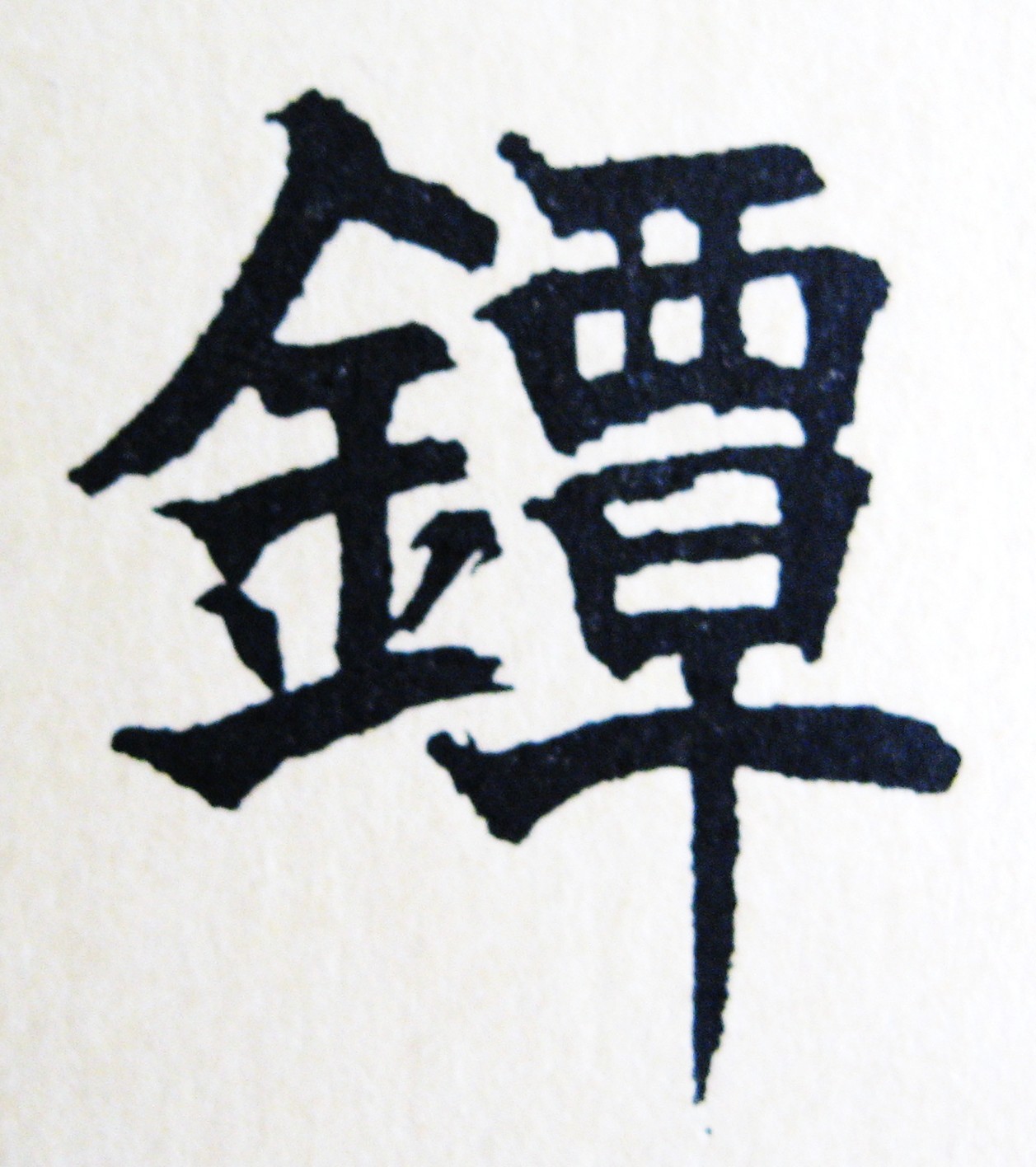|
VIETNAMESE or HEIANJO
|
 |
|
VIETNAMESE or HEIANJO
|
 |
| $2000.00 | |
|
"A large early chrysanthemum handguard of which the color and condition are perfect. There are no missing inlay and the brass retains its original patina. Dates to ca. 1650-1675." (Long) Here is a stunning guard that would immediately be classified as "Heianjo tsuba". But what if we had comparables from elsewhere? History relates that from 1635 to 1853 Japan was a closed country with one way in and out - Nagasaki - and there, only by Dutch proxies, in their dockside confinement of Dejima. Not realistic. Satsuma traded with the nearby counties via the Ryukyus. Hirado continued to trade with Joseon. There was a large nihonmachi at Hoi An, Vietnam, and others scattered across Monsoon Asia. After 1684 Chinese merchants flooded Nagasaki. Within a few decades the Toujin-Yashiki (chinatown) was home to 10% of the population. This guard could very well be Vietnamese. Please note the photo by Peter Dekker of Tromp's Weapons Rack at the Rijksmuseum. Those Japanese-style swords were produced in Tonkin ca. 1660-1680. |
 |
|
"There is a theory that the origin of the Heianjo-zogan technique is actually SE Asia, reasonable in light of the fact that they are unknown prior to European contact, ca. 1550. Another theory to consider about Onin guards suggests that they are Japanese Tosho tsuba, mounted on swords that were exported abroad, where they received brass inlay, and returned to Japan via maritime trade." (Long) 8.22cm x 8.22cm x 0.48cm |
 |
 |
  |
   |
 |
|
"Iron guard, similar to above without the brass inlay. Study the formation of the seppa-dai / ryo hitsu. Also the cup-shaped roundels just inside the rim compared to the 17th century Vietnamese sword." (Long) |
 |
Purchase this Tsuba by Email to |
|
A Collaboration of Robert E. Haynes and Elliott D. Long |
|
|
| Return To Tsuba Collective Robert Haynes Articles -- Tutorial Email to Shibui Swords |